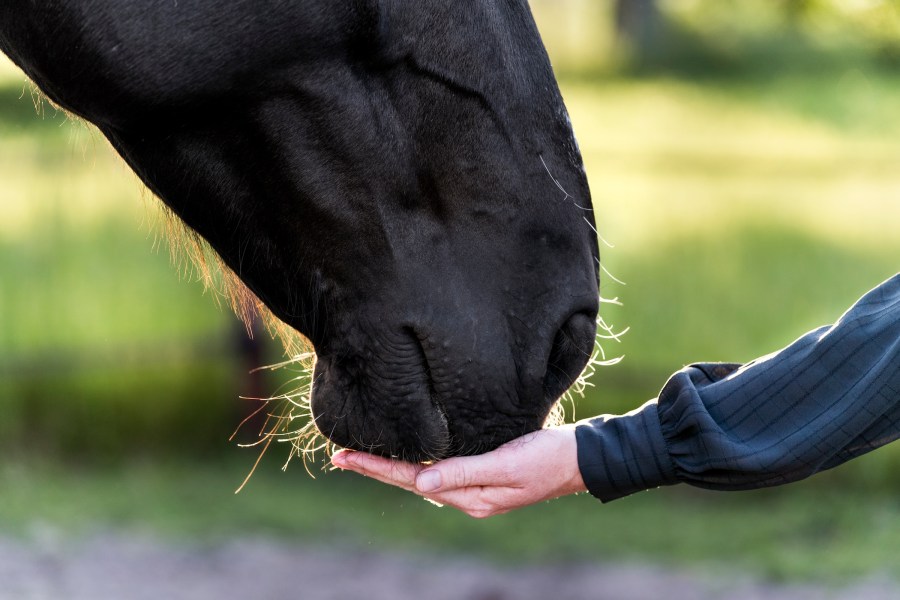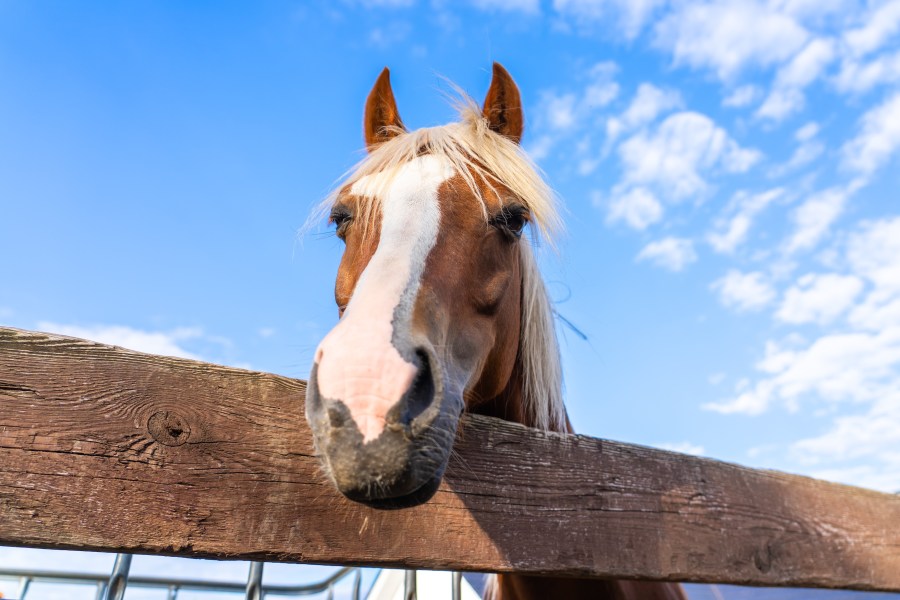Advertisement feature
Losing a horse in any circumstance is one of the most difficult aspects of horse ownership and not something any of us like to think about. However, it’s an unfortunate reality for us all.
While having equine mortality (death of horse) cover won’t help with the emotional impact of losing your beloved horse, insurance could go some way towards lessening the financial impact. But what exactly is mortality insurance? Is it an automatic payout when your horse dies? And in which scenarios might it not apply?
There are often specific conditions that need to be met when claiming for this sort of insurance cover, as our friends at The Insurance Emporium, who have been providing specialist horse insurance for many years, will explain in this article.
What is equine mortality cover?
Equine mortality cover — also known as Death of Horse cover — is cover for when your horse dies or is put to sleep by a vet on immediate humane grounds as a result of an injury, illness or condition.
When does it apply?
Death of Horse cover applies when your horse dies as a result of an injury, illness or condition or if they have to be put to sleep.
Having a horse put to sleep is not a decision that is taken lightly. The British Equine Veterinary Association (BEVA) has issued guidelines for vets dealing with scenarios that may require euthanasia, and these can generally be separated into the following:
- Immediate emergency euthanasia
This is when the horse sustains an injury or has an illness or condition that is so severe it requires immediate euthanasia to relieve incurable and extreme pain. - Non-immediate euthanasia
This is when the horse has an illness, injury or condition that causes severe pain and can be controlled in the short term but, in the opinion of a veterinary surgeon, can’t be managed long term and so euthanasia is the only option.
When doesn’t it apply?
There are certain exceptions to Death of Horse insurance cover, including:
- If your horse dies or is put to sleep by a vet 365 days after first showing signs of an injury, illness or condition.
- If your horse dies from an illness or condition showing signs within 14 days of the start of your policy.
- If your horse dies because of a pre-existing injury, illness or condition.
Each claim needs to be reviewed on a case-by-case basis.
You may need to provide certain documentation alongside a completed claims form. This can include a veterinary report, a complete medical history and even your horse’s passport.
How much do insurers pay out?
The amount of money you receive after a successful Death of Horse insurance claim depends on how the horse’s value is described in the policy.
Often it’s the sum insured or the market value — whichever is less.
To establish your horse’s market value, it will be compared to horses of similar ability, age, breed, sex and bloodline in the current market.

Should I speak to my insurer first?
If euthanasia is being considered for your horse and a first aid and pain management can be given, the policyholder and vet should discuss the appropriate course of action with the insurer.
However, BEVA guidelines state that vets shouldn’t wait to consult the insurance company if they believe that the horse they are assessing should be put to sleep immediately on humane grounds.
This may be the case after sustaining an injury or developing an illness/condition that has no other options for treatment.
Euthanasia should never be delayed for financial reasons.
Is a post-mortem required?
Your vet will need to confirm the cause of a horse’s death when you make a claim.
If the cause of death is unknown, it will need to be established, which means a post-mortem examination will need to be carried out. This will be at the policyholder’s expense.
What if my horse is old?
Horses over the age of 20 are covered if they die or are put to sleep by a vet on immediate humane grounds, as a result of an external, visible accidental injury on a Veteran Horse policy.
Best practice for a successful claim
- Disclose all activities you do with your horse to your insurer and make sure you insure your horse for the appropriate ‘type of use’. Injuries, illnesses or conditions that result in the death of a horse relating to an activity that your horse isn’t insured for typically aren’t covered.
- Be upfront about your horse’s medical history.
- Familiarise yourself with your policy wording and make sure you’re aware which injuries, illnesses and conditions are covered, and which ones may be seen as a pre-existing condition when you renew your policy.
Remember to check that you are covered for the collection and disposal of your horse’s body. The cost of removal and disposal is an additional optional benefit for Death of Horse cover.
How is ‘Loss of Use’ cover different?
Loss of Use cover is an optional benefit for horses under 20 years old only (and so is not available on Veteran Horse policies).
This type of cover includes complete loss of use and partial loss of use:
Complete loss of use
This applies if your horse can’t carry out any activity for which it was vetted and insured, and you choose to have it put to sleep. In this case the policyholder will receive the sum insured or the market value, whichever is less.
Partial loss of use
This is for when your horse can’t carry out any activity for which it was vetted and insured, but it can perform an equestrian activity, or you choose to breed from it/retire it/keep it as a companion.
In this case the policyholder will receive 60% of the sum insured, or the market value, whichever is less.
Sadly, euthanasia is something many horse owners will need to think about at some point, and while nothing can make this decision any less painful, being prepared can make a difficult time a little easier.
Death as a standard benefit
Death, Theft or Straying comes as a standard benefit with The Insurance Emporium’s horse insurance.
You can tailor a policy to suit your needs and your budget, without having to pay for cover you don’t need.
Take a look at the website, or call and get a free, no-strings quote today.
Lifestyle Policy Limited is an appointed representative of The Equine and Livestock Insurance Company Limited. The Insurance Emporium is a trading name of The Equine and Livestock Insurance Company Limited (registered in England and Wales no: 294940) which is authorised by the Prudential Regulation Authority and regulated by the Financial Conduct Authority and the Prudential Regulation Authority no:202748.
All content provided on this blog is for informational purposes only. We make no representations as to the accuracy or completeness of any information on this site or found by following any link on this site. We will not be liable for any errors or omissions in this information nor for the availability of this information. We will not be liable for any loss, injury, or damage arising from the display or use of this information. This policy is subject to change at any time.
We offer a variety of cover levels, so please check the policy cover suits your needs before purchasing. For your protection, please ensure you read the Insurance Product Information Document (IPID) and policy wording, for information on policy exclusions and limitations.
Images © Shutterstock








